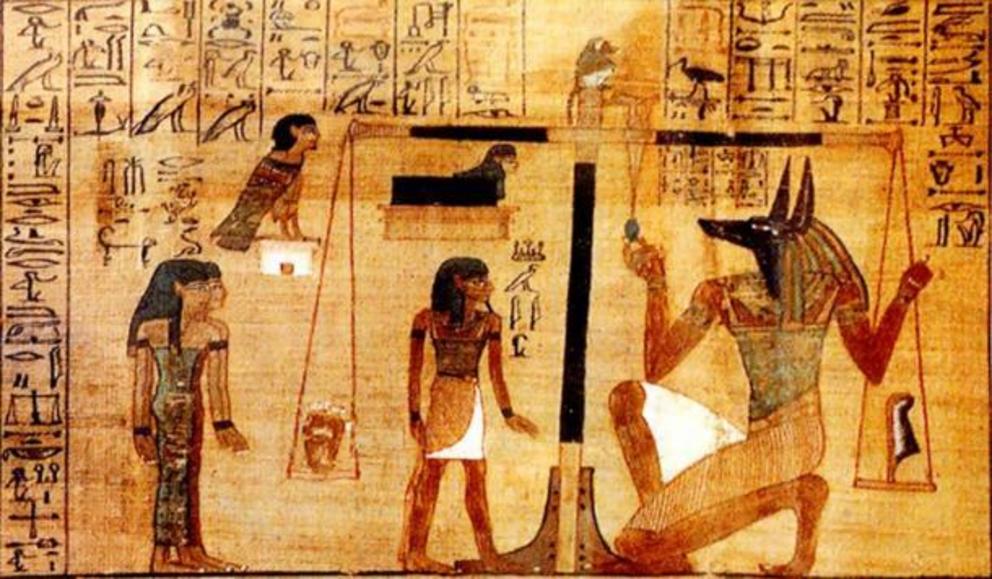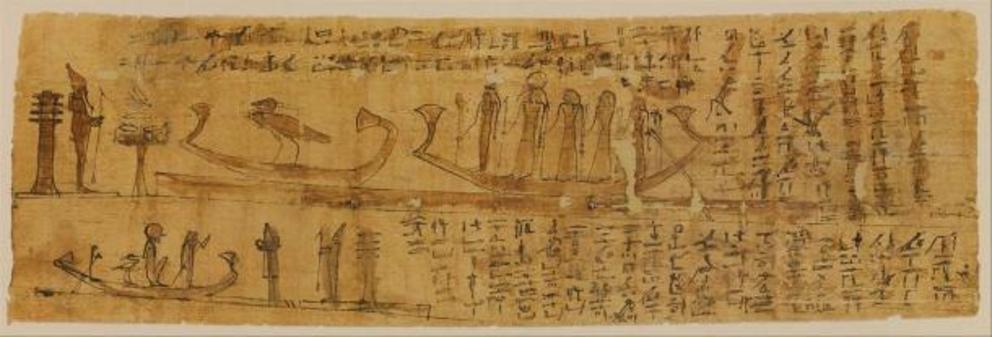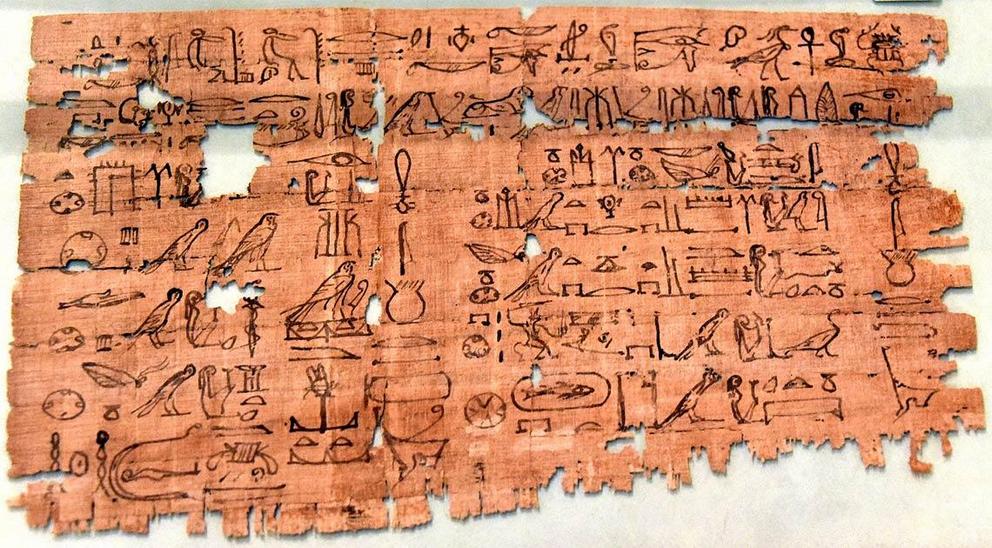Resuscitation of the ancient Egyptian book of breathing
Top image: Part of the Egyptian Book of Breathing, a hieratic papyrus probably from Thebes, Egypt written during the Ptolemaic dynasty.
Recently, an American professor has for the first time analyzed the First Book of Breathing , a famous ancient Egyptian book that reveals incredible insights into the afterlife. What happens to us after we die has always been a hotly debated subject, with answers ranging from nothing to multi-universal infinite voyages. While we struggle with this question today, the ancient Egyptians were so sure of the continuation of the soul that they had the entire journey into the afterlife mapped out. And one of the spiritual maps that survived the test of time is the Egyptian book known as the Books of Breathing .
A Once Popular Egyptian Book Maps The Journey Beyond Death
The “ Books of Breathing ” represent a collection of ancient Egyptian funerary literature dating to the Ptolemaic dynasty (332–30 BC) and the Egyptian Roman period (30 BC- 640 AD). These magical works were specifically designed to enable the dead to continue existing in the afterlife. In this context, the word “breathing” is metaphorical for all aspects of this life that the deceased wished to experience infinitely in the afterlife. There are multiple copies of the Egyptian Books of Breathing in existence.
On May 24, 1894, the Field Museum of Natural History received the Papyrus FMNH 31324 artifact from the American business magnate, Edward E. Ayer. Ayer bought this renowned Egyptian book for the museum while he was visiting Europe. Papyrus FMNH 31324 is one of the existing known copies of the “ Books of Breathing .”
Recently, Professor Foy Scalf, head of the Research Archives at the University of Chicago, published his analysis of the First Book of Breathing in the October edition of the Journal of Near Eastern Studies . This was the first time this Egyptian book was analyzed at this level. Scalf’s study reveals never-before known details about Egyptian preparations for the afterlife.
 The weighing of the deceased’s heart against Maat's feather on a scale from Chapter 25 (detail) of the Egyptian Book of the Dead.
The weighing of the deceased’s heart against Maat's feather on a scale from Chapter 25 (detail) of the Egyptian Book of the Dead.
New Insights Into Ancient Egyptian Death Spells And Magic
The First Book of Breathing was intended to be positioned under the head of the deceased, while the Second Book of Breathing was placed under their feet. This particular copy of the First Book of Breathing , which Professor Scalf analyzed, is illustrated with scenes including a scene of a cow deity standing upon a shrine. A famous mythological scene from BD 125 shows three protective genii bearing arms: a jackal-headed figure, a human-headed figure holding knives, and a crocodile-headed figure with a mace.
Professor Scalf´s examination aimed to ascertain the origins of the First Book of Breathing and he was able to determine that is was created through a “careful exegetical process” beginning with a selection of spells from the older “ Book of the Dead .” The “ Saite Recension ” are 165 magical formulae from the Ptolemaic dynasty papyrus that were interwoven with a new composition.
 Book of the Dead spell 17 from the Papyrus of Ani.
Book of the Dead spell 17 from the Papyrus of Ani.
What this means is that the spells from the older Book of the Dead were reworked into a single narrative focusing on what the author calls “the divinization of the deceased” preparing them for meeting the pantheon of the gods. This abridged version of the First Book of Breathing ends after the identification of the deceased's body parts with various deities.
 Book of the Dead papyrus covering chapters 100-129.
Book of the Dead papyrus covering chapters 100-129.
Searching For The Ancient Egyptian Magical Artisans
Professor Scalf, who published the new study, suspects this copy of the Books of Breathing was designed and assembled at the Theban necropolis, where archeologists have discovered several other copies.
This particular copy of the First Book of Breathing was in poor condition and therefore it was not possible to date it. However, the grammar used throughout the ancient Egyptian book is a version of classical Middle Egyptian with a peppering of later phases, according to Scalf´s analysis.
It is known that the text was inscribed and illustrated by a single scribe using a split-reed kalamos pen and that the scribe wrote over the joins in the papyrus sheets. This means the papyrus sheets were first assembled to make a scroll and later cut to shape, before the inscriptions were applied.
Archaeology is non-linear and imperfections, flaws and mistakes can reveal as much as a perfectly crafted artwork. Scalf says that while the First Book of Breathing is free from obvious scribal errors there are several instances where the scribe made mistakes. There exists a repeated confusion of pronouns, hieratic signs and copying order, that Scalf says are typical when copying from older source materials. All of these observations interpreted together suggest the Egyptian book of magic was created somewhere between the second half of the first century BC, and the early second century AD.

